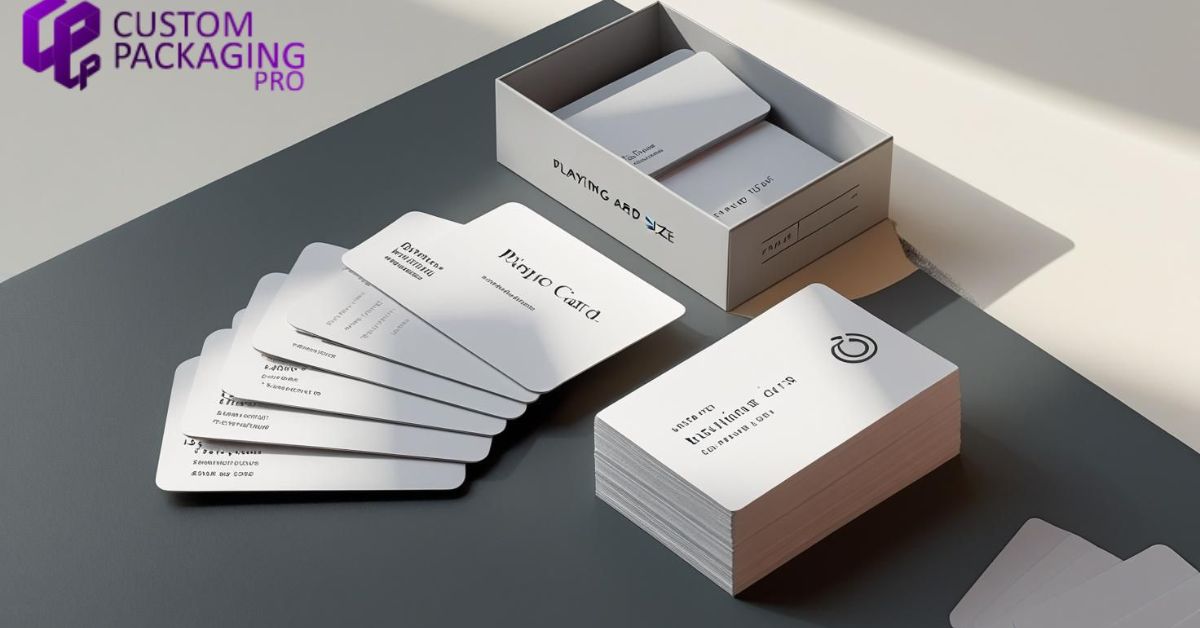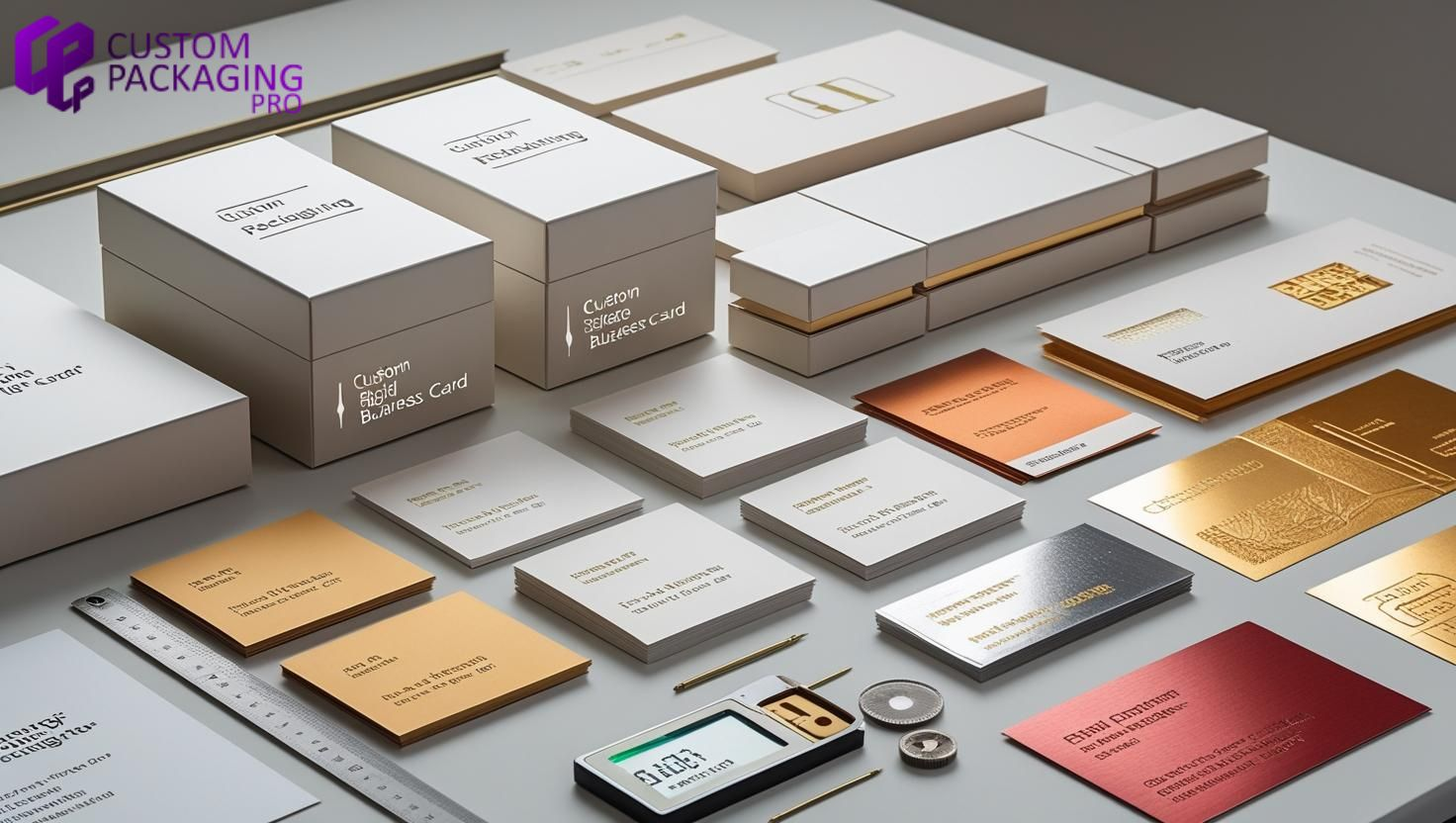BUSINESS
Barbering 101: A Beginner’s Guide to Understanding Hair Types and Textures

The art of barbering goes far beyond simple haircuts. To truly excel as a Barbering, one must develop an in-depth understanding of different hair types and textures. Every client who sits in the chair will have unique hair, and knowing how to cater to each type ensures that the barber can deliver precise and personalized results. For anyone looking to step into the world of barbering, this knowledge is foundational, and many of the best hairstyling academies emphasize this in their training.
In this guide, we’ll walk you through the basics of hair types and textures, why they matter in barbering, and how you can approach each in your professional journey. Whether you’re an aspiring barber looking to join a hairstyling academy or someone eager to learn more about hair, this beginner’s guide will provide valuable insights.
1. Why Understanding Hair Types and Textures is Crucial for Barbers
Every client is different, and so is their hair. Hair types and textures vary from person to person, and being familiar with these differences allows barbers to:
- Provide Personalized Services: When you know the nuances of hair types and textures, you can recommend the best haircuts, grooming techniques, and products tailored to each client.
- Work Efficiently: Understanding hair structure helps you choose the right tools and techniques, making your work more effective and time-efficient.
- Build Trust: Clients trust barbers who understand their hair. A knowledgeable barber is more likely to gain repeat customers and positive reviews.
Most hairstyling academies teach the fundamentals of hair science early in their curriculum, preparing students for real-world scenarios. As a beginner, it’s important to grasp these basics to lay the groundwork for a successful career in barbering.
2. The Four Main Hair Types
Hair type is determined by the shape of the hair follicles. Each hair type responds differently to haircuts, products, and styling techniques. The four main types of hair are:
Straight Hair (Type 1)
Straight hair, also known as Type 1, tends to have a smooth texture and a shiny appearance because natural oils from the scalp can easily travel down the hair shaft. However, this type can also become greasy quickly. Straight hair comes in varying densities (fine to coarse), and each requires specific cutting and styling techniques.
- Best Techniques: Layering is often effective for adding volume to straight hair, while blunt cuts can create sharp, clean lines.
- Challenges: Straight hair can be slippery and may not hold certain styles as easily as wavy or curly hair.
Wavy Hair (Type 2)
Wavy hair has a natural, loose “S” shape that falls between straight and curly. This type of hair usually has more body than straight hair but can still lack definition or volume. Wavy hair is prone to frizz and requires careful management to avoid a messy appearance.
- Best Techniques: Texturizing techniques work well with wavy hair to enhance the natural wave pattern. Subtle layers can add definition without overemphasizing the waves.
- Challenges: Managing frizz and ensuring that waves don’t become too unruly.
Curly Hair (Type 3)
Curly hair forms distinct curls or ringlets and typically has more volume and bounce than wavy or straight hair. However, curly hair can also be more prone to dryness and tangling because natural oils have a harder time reaching the ends. Understanding how to cut and style curly hair is key for delivering a well-defined, polished look.
- Best Techniques: Dry cutting can be beneficial for curly hair as it allows the barber to see the true length and shape of the curls. Layering should be approached cautiously to maintain the integrity of the curl structure.
- Challenges: Avoiding frizz and shrinkage (curls often appear shorter when dry than when wet).
Coily/Kinky Hair (Type 4)
Type 4 hair, also known as coily or kinky, has tight curls or coils and can vary from soft and fine to coarse and wiry. Coily hair is the most fragile of the hair types due to its curl pattern, which can make it more prone to breakage. This hair type requires specialized care and handling.
- Best Techniques: Protective styles (such as twists, braids, or short, structured cuts) work well for coily hair. Hydration is key, so use products that add moisture and reduce frizz.
- Challenges: Ensuring the hair remains hydrated and avoiding damage during the cutting or styling process.
3. Hair Texture: Fine, Medium, and Coarse
In addition to hair type, texture is another crucial factor that barbers need to understand. Texture refers to the thickness of the individual hair strands and can be categorized as fine, medium, or coarse.
Fine Hair
Fine hair has smaller hair strands, making it more delicate and prone to breakage. While fine hair can have any curl pattern, it tends to lack volume and can easily become weighed down by products.
- Best Techniques: Texturizing can add volume without making the hair appear too thin. Avoid over-layering, as this can reduce body and movement.
- Challenges: Ensuring the hair maintains volume and avoiding heavy products that can weigh it down.
Medium Hair
Medium hair is the most common texture and tends to hold styles well. It has more volume than fine hair but isn’t as thick or as coarse as coarse hair. Medium-textured hair is versatile and can be styled in various ways depending on the client’s preferences.
- Best Techniques: Most haircutting techniques work well with medium-textured hair. Consider the natural hair type when deciding on the best approach.
- Challenges: While versatile, medium-textured hair can still become frizzy or dry if not cared for properly.
Coarse Hair
Coarse hair has the thickest strands, making it more durable but also more challenging to manage. Coarse hair often holds styles well but can feel heavy and is more resistant to styling.
- Best Techniques: Thinning techniques can reduce bulk, while strategic layering can help with movement and shape. Ensure the hair is well-moisturized to reduce frizz.
- Challenges: Coarse hair can be unruly and difficult to tame, especially when cutting and styling for a polished look.
4. Best Practices for Working with Different Hair Types and Textures
Now that we’ve covered the basics of hair types and textures, it’s important to implement best practices to ensure client satisfaction and professional growth.
Invest in the Right Tools
Barbers need specialized tools depending on the hair type and texture they’re working with. For example, fine hair requires lightweight scissors, while coily hair may need clippers with special guards for precision. Having a variety of shears, razors, and clippers suited for different hair types is essential.
Consult with Clients
A consultation is key for understanding a client’s hair type and preferences. Ask questions about their daily hair care routine, how they typically style their hair, and any challenges they face. This allows you to tailor your approach and offer expert advice.
Stay Educated
Hair trends and techniques are always evolving. Continuing education through workshops, online courses, or attending a hairstyling academy can keep you updated on the latest tools, products, and methods for cutting and styling all hair types and textures.
Practice Patience
Each hair type and texture requires a different level of care, time, and precision. Don’t rush the process, especially if you’re working with hair textures or patterns that are new to you. Taking your time ensures a better outcome and improves your skill set over time.
Conclusion Of Barbering
Mastering the art of barbering starts with understanding the unique characteristics of hair types and textures. By learning the nuances of straight, wavy, curly, and coily hair, as well as fine, medium, and coarse textures, you can provide personalized services that meet the specific needs of each client. Whether you’re just beginning your journey or looking to refine your skills, joining a reputable hairstyling academy is the first step to becoming an expert barber. With the right tools, techniques, and knowledge, you’ll be well on your way to delivering exceptional results that keep clients coming back.
BUSINESS
Exploring the Secrets Behind XRP Prices in the UK

In the wave of digital currencies, xrp price uk, as a highly anticipated cryptocurrency, has always attracted the attention of many investors due to its price trend in the UK market. Below, we will delve into the trend of XRP prices in the UK market.
Introduction to XRP
XRP is the fundamental currency of the Ripple network, which can circulate throughout the entire Ripple network with a total quantity of 100 billion and gradually decreases with increasing transactions. Ripple is an open payment network designed to address the slow and costly cross-border payments in traditional financial systems. XRP has a certain user base worldwide due to its efficient transaction speed and low transaction fees. In the UK, with the continuous development of the digital currency market, XRP has gradually entered the view of investors.
Historical trend of XRP prices in the UK market
Looking back at the past few years, the XRP prices in the UK market have experienced significant fluctuations. In the early stages, due to the overall development of the digital currency market, XRP prices were relatively low and had small fluctuations. With the increasing market awareness of digital currencies and Ripple’s continuous expansion in the payment field, XRP prices are gradually rising. During the digital currency bull market from late 2017 to early 2018, XRP prices reached historical highs. However, the market subsequently entered a bear market, and XRP prices also dropped significantly. In recent years, its price has fluctuated within a certain range, influenced by various factors such as market supply and demand, macroeconomic environment, and regulatory policies.
Factors affecting the price trend of XRP in the UK market
From the perspective of market supply and demand, if the demand for XRP in the UK market increases while the supply remains relatively stable, prices tend to rise; Otherwise, it will decline. The macroeconomic environment also plays an important role. When the economic situation is unstable, investors may shift their funds to safe haven assets such as digital currencies, thereby driving up XRP prices. In terms of regulatory policies, the UK’s regulatory attitude and policy changes towards digital currencies will directly affect market confidence. If regulatory policies tighten, it may lead to investors selling XRP and causing prices to fall; Loose policies are conducive to price increases. In addition, Ripple’s business development, technological innovation, and cooperation with financial institutions will also have an impact on XRP prices.
Future trend outlook
Looking ahead, the XRP price trend in the UK market is full of uncertainty. On the one hand, if Ripple can make more breakthroughs in the payment field, cooperate with more financial institutions, and maintain relatively loose digital currency regulatory policies in the UK, then XRP prices are expected to rise. On the other hand, the competition in the digital currency market is fierce, and new competitors are constantly emerging, which may have an impact on XRP’s market share. Meanwhile, changes in the global economic situation and adjustments in regulatory policies may also lead to price fluctuations. Investors need to consider various factors comprehensively and make cautious investment decisions when paying attention to the trend of XRP prices.
BUSINESS
From Handshake to Handoff: Why Business Cards and Their Boxes Still Matter in Modern Branding

In an era where most interactions happen online, physical tools like business cards and business card boxes might seem outdated. But for businesses serious about branding, the handshake isn’t complete until a card is exchanged—and properly stored. Despite rapid digitalization, these tangible elements still pack a punch in first impressions, organization, and brand continuity.
Let’s break down why business cards and their custom packaging matter more than ever.
The Enduring Power of a Physical Card
The act of handing over a business card creates a tactile and memorable moment. It’s more than contact information—it’s a reflection of your brand.
- Credibility: A high-quality business card suggests trust and seriousness.
- Brand Recognition: Color, typography, and layout all reinforce visual identity.
- Networking Efficiency: In fast-paced conferences or meetings, it’s faster and more professional to hand a card than to fumble with phones.
Even with NFC tech and QR codes rising, physical business cards remain irreplaceable for many professionals. And when they’re accompanied by well-designed business card boxes, they elevate the entire experience.
What Makes a Business Card Box Essential?
Business card boxes are often overlooked, but they serve both practical and branding purposes.
| Feature | Benefit |
| Protection | Prevents bends, smudges, and wear |
| Organization | Keeps multiple styles or contacts separated |
| Presentation | Gives a professional touch during handover |
| Branding Surface | Offers logo space for subtle marketing |
| Bulk Utility | Useful for tradeshows, sales teams, and events |
For B2B industries—where first impressions matter most—custom business card boxes can serve as silent brand ambassadors.
Designing for Impact: Tips for Modern Business Cards
To make a card that lands well, keep these tips in mind (especially if you’re opting for a standard playing card size, which is popular for creative business card designs):
- Use durable materials like 16pt or 18pt stock with matte or glossy finishes.
- Consider embossing, foil stamping, or spot UV for texture.
- Keep designs minimal but branded—colors, icons, and fonts matter.
- Add QR codes that link to portfolio, website, or LinkedIn.
Cards may be small, but their influence is large when the design aligns with the brand’s values. Combined with well-matched business card boxes, you ensure brand consistency from creation to presentation.

Who Needs Custom Business Card Boxes?
Custom boxes aren’t just for storage—they’re an extension of your professional story. Here’s where they shine:
| Industry | Use Case |
| Real Estate | Client meetings, open house handouts |
| Consulting Firms | Brand authority in corporate networking |
| Design Agencies | Creative presentation of contact info |
| Event Planners | Quick access to cards for vendor communication |
| Tech Startups | Pitch sessions and launch event handouts |
Having a box that holds your cards cleanly and stylishly reflects foresight and attention to detail—values every client respects.
Common User Questions Answered Naturally
- “Why do people still use business cards?”
- “How to store business cards professionally?”
- “Are business card boxes useful for networking?”
- “Best packaging for business cards”
All terms are answered conversationally to meet Google’s EEAT and voice search intent.
Why Custom Packaging Pro is the Smart Choice
If you’re looking for a partner to help you make lasting impressions, Custom Packaging Pro delivers:
- Custom-sized business card boxes with premium finishes
- Durable materials for both card protection and presentation
- In-house designers to help match your box with your branding
- Bulk discounts and reliable delivery for B2B teams
Whether you’re rebranding, launching, or attending an expo, CPP helps your brand show up sharp—card and box in hand.
FAQs
Q: Are business cards still relevant in 2025?
A: Yes! Physical business cards are still widely used in professional networking and leave a lasting impression.
Q: What are business card boxes used for?
A: They protect, organize, and elevate the presentation of your business cards.
Q: Can I get custom printed business card boxes?
A: Absolutely—companies like Custom Packaging Pro offer full customization options.
Q: What should I look for in a professional business card?
A: Durable material, clean design, brand consistency, and maybe a QR code for digital linking.

Conclusion
Even in the digital age, business cards—and the boxes that store them—deliver unmatched value in networking, branding, and presentation. For B2B professionals and growing brands, they’re a small but mighty investment. Partner with Custom Packaging ProF to create business card packaging that speaks before you say a word.
BUSINESS
Structuring the Experience: Why Fixed Audience Seating Remains a Wise Investment

Across theaters, auditoriums, houses of worship, and lecture halls in Houston, the value of fixed audience seating is both enduring and practical. Institutions that regularly host performances, presentations, or educational events benefit from structured seating layouts that provide comfort, clear sightlines, and an organized atmosphere. With thoughtful planning and quality installation, fixed seating offers a blend of functionality and design that elevates the audience experience while maximizing space.
Consistency and Order in Public Venues
One of the primary advantages of fixed seating is the sense of order it brings to any public setting. When chairs are securely anchored in place, alignment is consistent, aisles are clearly defined, and foot traffic flows smoothly. Unlike movable chairs, which may shift during use or become misaligned, fixed seating offers a uniform appearance that contributes to a professional and polished environment.
This consistency is especially valuable in high-traffic venues where large numbers of people enter and exit in short periods. Whether in a school auditorium or a conference center, guests are guided effortlessly to their seats, enhancing efficiency and minimizing confusion.
Maximizing Space Without Compromising Comfort
Fixed audience seating is designed to optimize square footage while still prioritizing guest comfort. Rows are carefully measured and spaced to accommodate legroom, ensure proper egress, and maintain clear sightlines. In venues where every inch counts, this level of precision can make a significant difference.
Additionally, modern fixed seating options offer ergonomic features that support posture during extended events. With options for upholstered backs, foldable seat pans, and armrests, venues can tailor seating to suit the duration and nature of the events they host.
These design elements not only support physical comfort but also reflect positively on the institution’s commitment to providing a welcoming and accommodating space.
Improved Safety and Code Compliance
Safety is a priority in any public venue, and fixed seating plays a significant role in maintaining a safe environment. Because the seats are permanently anchored, they are less likely to tip, slide, or obstruct pathways. Aisles and exits remain clear, which is particularly beneficial during emergencies or events requiring rapid evacuation.
Fixed seating also makes it easier for facilities to meet fire and building codes. Designated spacing and egress standards are easier to enforce when seating remains consistent. Additionally, fixed seating allows for better planning around accessibility, such as ensuring wheelchair spaces are integrated into the layout and companion seating is readily available.
Reduced Maintenance and Longer Service Life
Loose furniture is more susceptible to wear and damage. Frequent moving, dragging, and stacking can lead to faster degradation, uneven legs, or structural instability. Fixed seating, by contrast, tends to maintain its integrity over time due to its stationary nature and secure installation.
This longevity translates to lower maintenance demands and cost savings throughout the furniture’s lifespan. Cleaning crews can work more efficiently without having to rearrange or reset chairs after each event. Daily operations become smoother, and the venue’s overall appearance remains consistently tidy.
Aesthetic Options for Every Setting
Fixed audience seating is no longer limited to utilitarian rows of identical chairs. Today’s manufacturers offer a range of finishes, fabrics, and design styles that cater to various architectural and branding needs. Whether the venue is a modern performing arts center or a traditional house of worship, seating can be selected to complement the existing décor.
Color schemes, seat materials, and wood or metal details can all be customized to create a cohesive look. Beyond appearances, seating can also be designed with acoustic considerations in mind, helping to preserve sound quality throughout the space.
Installation Expertise Makes a Lasting Difference
While the quality of the seating matters, the quality of the installation is equally influential in ensuring performance and durability. Professional installation teams assess the venue layout, evaluate structural supports, and align each seat with precision. A well-executed installation eliminates uneven rows, reduces potential safety hazards, and ensures the seating meets design specifications.
Poorly installed seating can diminish the visual appeal and usability of the space. Gaps, misalignments, or loose components may affect guest satisfaction and create avoidable maintenance issues. For this reason, working with a team experienced in fixed seating installation offers reassurance and long-term benefits.
A Reliable Choice for Houston’s Gathering Spaces
Fixed audience seating provides a structured, long-lasting solution for institutions in Houston seeking to enhance comfort, safety, and aesthetic appeal. With thoughtful planning and Quality Installers, venues can ensure that their seating arrangements not only meet the demands of their events but also reflect the professionalism and care behind every gathering. Quality installation brings precision and reliability to the forefront, supporting both function and form in spaces where every seat matters.
-

 TECHNOLOGY1 year ago
TECHNOLOGY1 year agoElevating Game Day Eats: A Guide to Crafting Crowd-Pleasing Sliders
-

 ENTERTAINMENT1 year ago
ENTERTAINMENT1 year agowave_of_happy_: Your Ultimate Guide
-

 FASHION1 year ago
FASHION1 year agoGPMsign Fashion: Redefining Style with Purpose
-

 TECHNOLOGY12 months ago
TECHNOLOGY12 months agoTrader Joe’s Dayforce: Revolutionizing Workforce Management
-

 FOOD1 year ago
FOOD1 year agoAltador Cup Food Court Background: A Culinary Extravaganza Unveiled
-

 SPORTS1 year ago
SPORTS1 year agoScore Chaser Sporting Clays: A Thrilling Pursuit of Precision
-

 HOME IMPROVEMENT9 months ago
HOME IMPROVEMENT9 months agoWhat Kitchen Renovation Companies Offer Beyond Basic Remodeling
-

 NEWS1 year ago
NEWS1 year agoNyl2 Kemono: Unveiling the World
